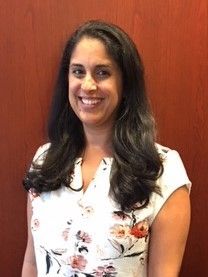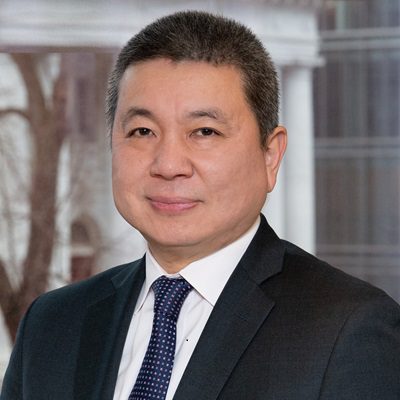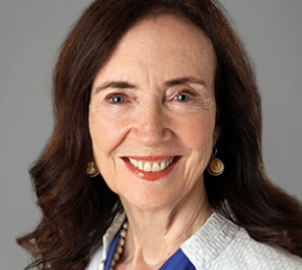- Revenue Cycle Management
- COVID-19
- Reimbursement
- Diabetes Awareness Month
- Risk Management
- Patient Retention
- Staffing
- Medical Economics® 100th Anniversary
- Coding and documentation
- Business of Endocrinology
- Telehealth
- Physicians Financial News
- Cybersecurity
- Cardiovascular Clinical Consult
- Locum Tenens, brought to you by LocumLife®
- Weight Management
- Business of Women's Health
- Practice Efficiency
- Finance and Wealth
- EHRs
- Remote Patient Monitoring
- Sponsored Webinars
- Medical Technology
- Billing and collections
- Acute Pain Management
- Exclusive Content
- Value-based Care
- Business of Pediatrics
- Concierge Medicine 2.0 by Castle Connolly Private Health Partners
- Practice Growth
- Concierge Medicine
- Business of Cardiology
- Implementing the Topcon Ocular Telehealth Platform
- Malpractice
- Influenza
- Sexual Health
- Chronic Conditions
- Technology
- Legal and Policy
- Money
- Opinion
- Vaccines
- Practice Management
- Patient Relations
- Careers
‘Primary care is in crisis’ – Patients are seeing the problems that have developed over the last 20 years
Three experts discuss growing patient awareness, health care disparities, and how schools play a role in ensuring care for children.
© ibreakstock - stock.adobe.com

Patients are becoming more and more aware of the primary care crisis building in America.
Why? Because they can’t get appointments with primary care doctors.
That includes both aging Americans dealing with chronic diseases and children just getting a start in life, said three experts who discussed the issues this week.
On Feb. 28, the Milbank Memorial Fund, The Physicians Foundation, and the Robert Graham Center of the American Academy of Family Physicians unveiled “The Health of US Primary Care: 2024 Scorecard Report – No One Can See You Now.” It was the second annual report on the state of primary care nationally.
The online presentation included a panel discussion with lead author Yalda Jabbarpour, MD, director of the Robert Graham Center; Margaret Flinter, PhD, APRN, vice president and clinical director of Community Health Center Inc./Moses/Weitzman Health System; Kyu Rhee, MD, MPP, president and CEO of the National Association of Community Health Centers; and Frances Stead Sellers of The Washington Post.
This transcript has been edited for length and clarity.
Frances Stead Sellers: So, one of the things I think that's shown in my reporting is how patients have become aware of this problem in a way they weren't before. Yalda, you mentioned right at the top the fact that your patients were asking for their friends for themselves about appointments. Do you think the power of people is going to make a difference here because they're complaining and they're recognizing the difference? And it's suddenly showing up in national newspapers like I come from?
Yalda Jabbarpour, MD
© AAFP - The Robert Graham Center

Yalda Jabbarpour, MD: I really do. We've shared other reasons why to be optimistic. I think maybe this is a fatalistic reason to be optimistic, but I think that we've hit such a critical turning point right now where patients are really starting to see what we have been saying in the primary care world to the echo chamber for the last two decades because, you're right, no one can get in to see primary care, whether it is their established clinician or whether they're trying to meet a new one. So, I think it really is going to be a power of the collective voice that gets people to pay attention. Kyu mentioned some solutions that can be invested in on the federal level, including teaching health centers. I completely agree and I think giving this knowledge this power to the general public where they can go talk to their Congress people, their local authorities to try to get some changes I think is going to be important because those of us on this call have been saying it for years. I think it takes other people to say it.
Frances Stead Sellers: Who is being most hurt by this? We have an aging population, a huge burden of chronic disease. But there are some fairly shocking numbers here about children not having a primary physician. Tell us a little bit about the breakdown of the population.
Kyu Rhee, MD, MPP
© National Association of Community Health Centers

Kyu Rhee, MD, MPP: In the same way, there's a primary care crisis, there's a health disparities crisis in our country with nearly one in three Americans below 200% of the poverty level, with so much of rural America and frontier America and island America being impacted by disparities in the lack of primary care. As you stated, children are often the most likely to be impacted and it's such a terrible way to start their lives. I witnessed that as a pediatrician in underserved D.C. and Baltimore. So even in urban settings, it's not just rural or frontier settings, but in urban settings, there was such a lot of need in terms of for children, you know, access to primary care and the health disparities that they're suffering from. And, I mean the beauty of primary care, whether it's family docs or primary care health centers, like community health centers, is that you take care of the whole family, and that's part of what I loved in practicing on the front lines, is that ability to take care of the children, the parents and the grandparents, three generations, and to know in the context of that community and the context of that family, their needs. And we need more of that across our nation.
Frances Stead Sellers: But let me ask you, Margaret, a little bit more about school-based health care. Is there a role there for picking up some of the lack of care we're seeing elsewhere?
Margaret Flinter, PhD, APRN
© Moses/Weitzman Health System

Margaret Flinter, PhD, APRN: You read my mind, thinking of that exactly as you said it and I want to maybe include with pediatrics, maternity, of which we're seeing a tremendous problem as I think everybody knows what maternity deserts where women have to travel too far. But absolutely, the school-based health center movement, which is now several decades old, makes an important contribution here too. It isn't probably any one of us, it's all of us to solve the problem. Kyu, I think I saw about a million children get their care in a school-based health center that's aligned with or associated with a community health center at this point. I know my own organization is in 135 schools here in Connecticut and one of the things that is so important about the school-based health centers, they recognize that the behavioral health needs of our children are just as important as the medical needs and may be more pressing at this moment in time, so usually include that behavioral health and medical component often and oral health component as well. Thank you for raising that. I think that's a very important piece of it.
